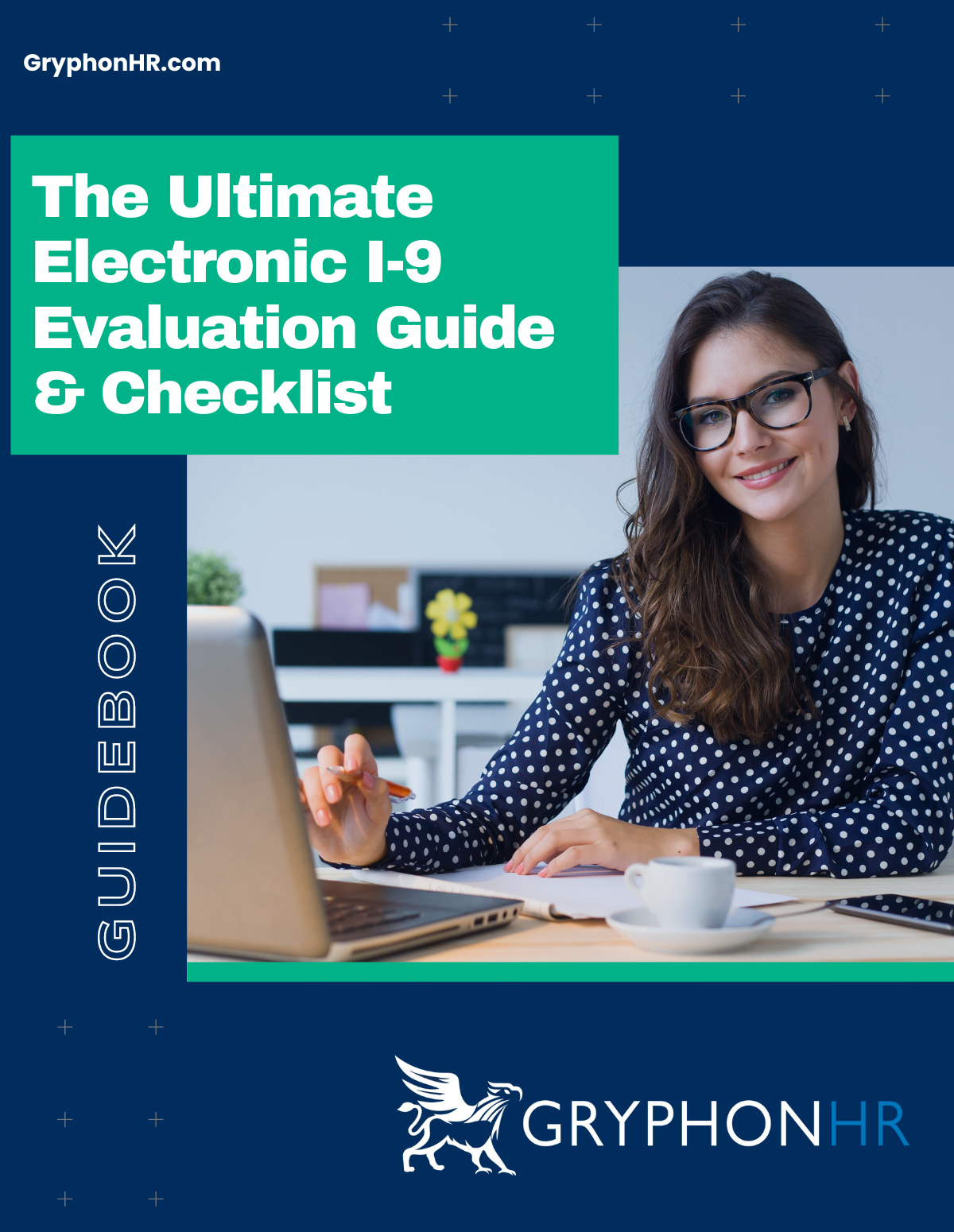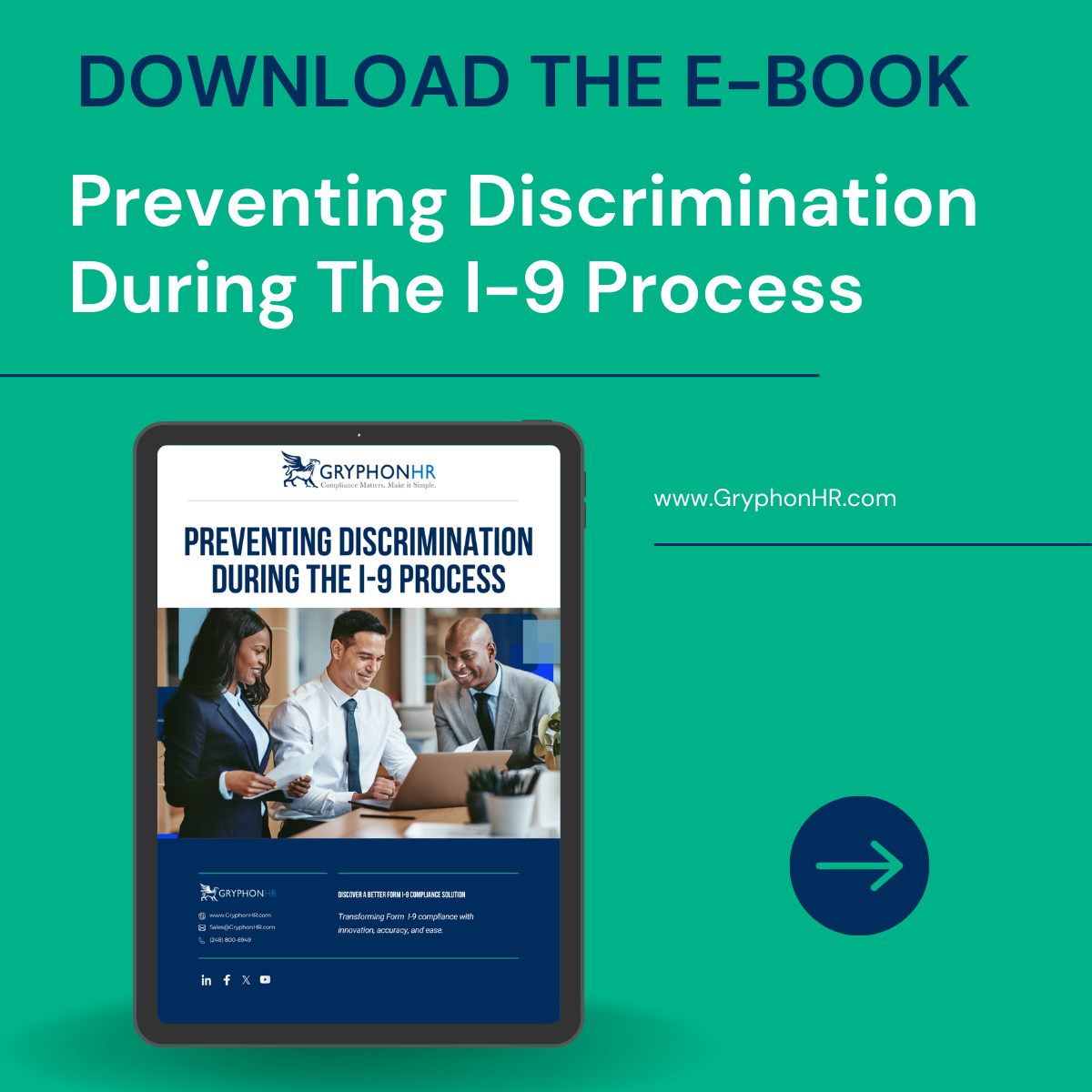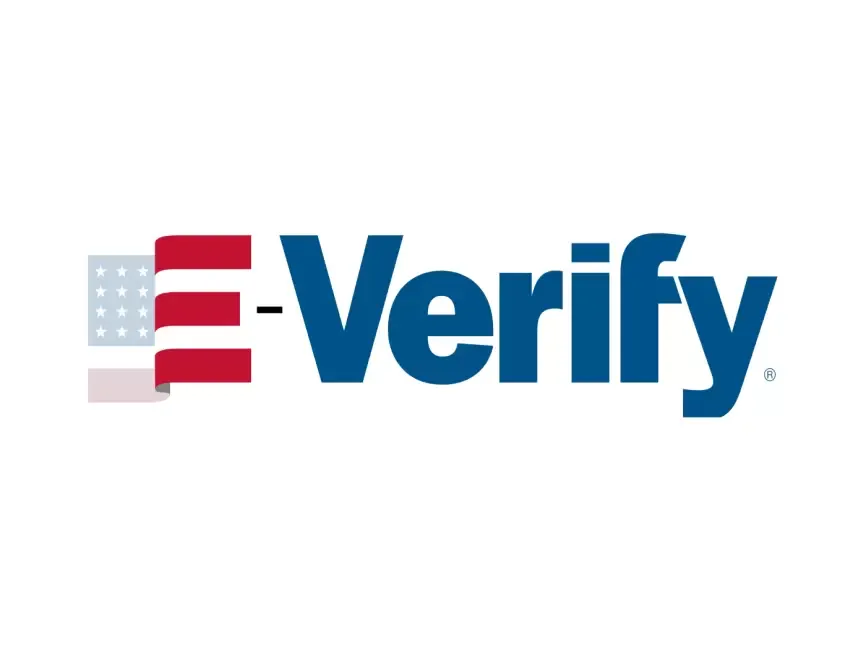Authored By: GryphonHR Blog Contributor
GryphonHR blog contributors include , consultants, researchers, and other subject-matter experts who’ve written content for our blog.
August 1, 2023
U.S. Citizenship and Immigration Services (USCIS) has recently unveiled an updated version of Form I-9, set to be effective from August 1, 2023. The revised form introduces several improvements, aiming to simplify the process for employers and enhance accessibility. Click here to access the newly revised Form I-9.
Employers can use the current Form I-9 (Rev. 10/21/19) until October 31, 2023. After this date, they must use the new Form I-9 to avoid penalties. USCIS will publish the revised form on uscis.gov on August 1, 2023.
One notable addition to the new Form I-9 is a checkbox, specially designed for employers enrolled in E-Verify. This checkbox allows them to indicate that they have remotely examined identity and employment authorization documents, following an alternative procedure authorized by the Department of Homeland Security (DHS).
The DHS issued a final rule in the Federal Register on July 21, 2023, signaling the end of temporary COVID-19 flexibilities as of July 31. However, it also granted the authority to approve optional alternatives for employers to examine Form I-9 documentation. Alongside this rule, the DHS published a document in the Federal Register, outlining and authorizing the option for employers enrolled in E-Verify to remotely examine their employees' identity and employment authorization documents through a DHS-approved alternative procedure.
USCIS issued an article today stating: employers enrolled in E-Verify during the COVID-19 temporary flexibilities may use an alternative procedure to satisfy the requirement of physically examining Form I-9 documents that had been examined remotely under the COVID-19 flexibilities.
In May 2023, ICE announced that employers had until August 30, 2023, to physically inspect all documents that had been examined remotely using the COVID-19 flexibilities.
On July 25, 2023, DHS announced an alternative procedure for Form I-9 in a Federal Register Notice. Based on the Notice, employers who meet four requirements may choose an alternative procedure in lieu of physically examining Form I-9 documentation that had been examined remotely under the COVID-19 flexibilities.
To qualify for the alternative procedure, the employer must have:
All E-Verify employers that choose the alternative procedure instead of physical examination must follow the instructions for the alternative procedure in this guidance. Even if the employer performed steps similar to the alternative procedure at the time of hire, the employer must still complete the steps of the new alternative procedure to finalize the Form I-9. Employers may not unlawfully discriminate when using this procedure based on a protected characteristic, such as by deciding that certain employees are not eligible for the alternative procedure. Employers who do not meet all four requirements must perform an in-person physical examination of documents by August 30, 2023. Find more information in the USCIS announcement.
Electronic I-9 providers should be ready to update their software with the new Form I-9 and all employment eligibility verification compliance requirements. In addition it's important to provide clients with convenient features for both the remote I-9 alternative option and in-person verification processes to help ensure compliance with Form I-9 and E-Verify, while streamlining and simplifying processes. Learn how GryphonHR can help to make the entire Form I-9 and E-Verify process easier, while increasing compliance. Get in touch with us today!

Authored By: GryphonHR Blog Contributor
GryphonHR blog contributors include , consultants, researchers, and other subject-matter experts who’ve written content for our blog.
Stay updated on Form I-9 and E-Verify!


Is your I-9 compliance software placing you at risk? Learn more about the compliance requirements for electronic I-9 systems and how to evaluate important features. Skip the form and download this interactive guide!

Avoiding discrimination during the Form I-9 process is critical to preventing liability, hefty fines, and unfair hiring practices. Download our free e-book to learn more.



MENU
STAY CONNECTED
Join our newsletter to learn more about Form I-9.